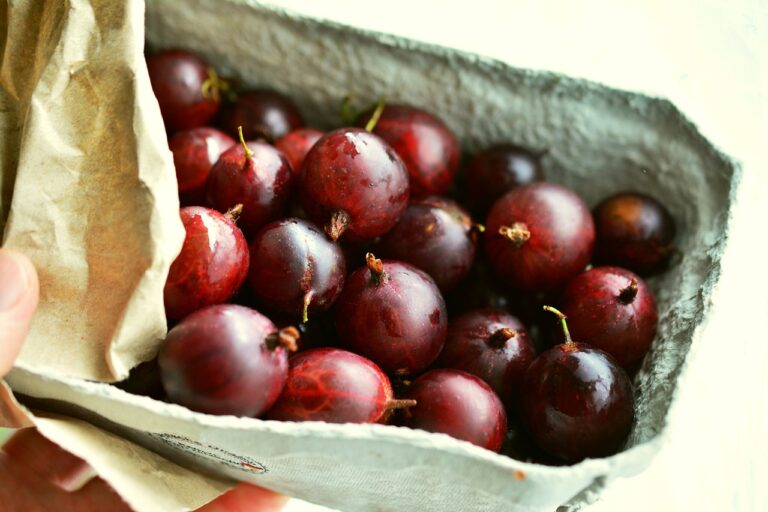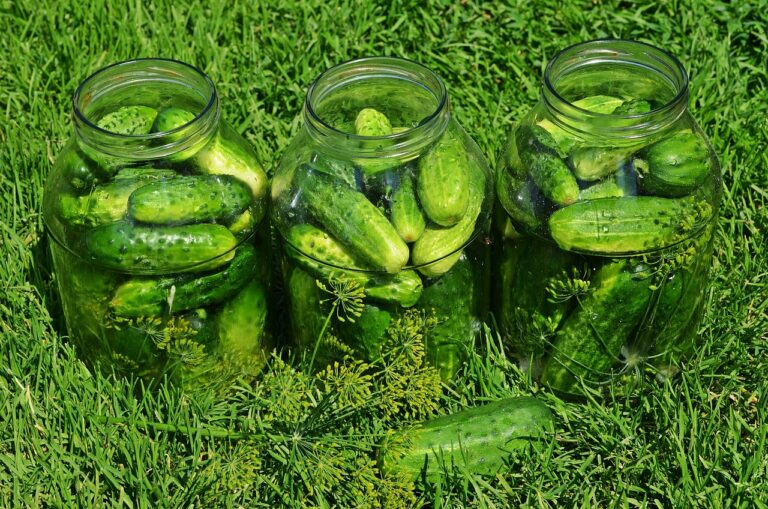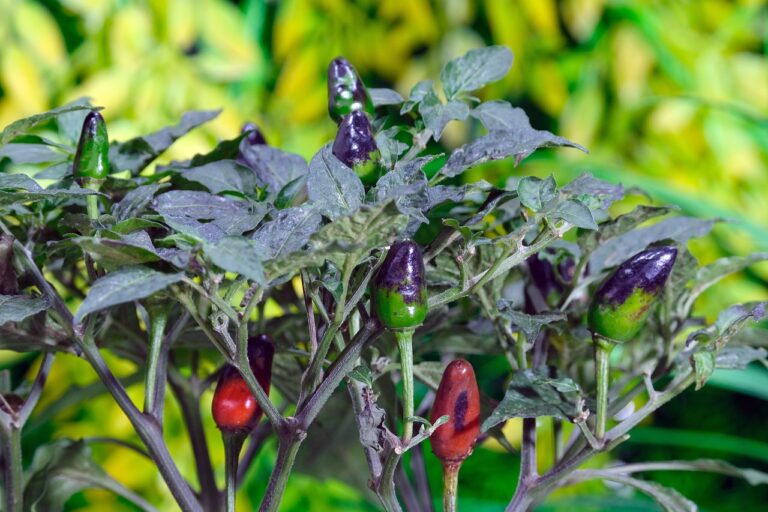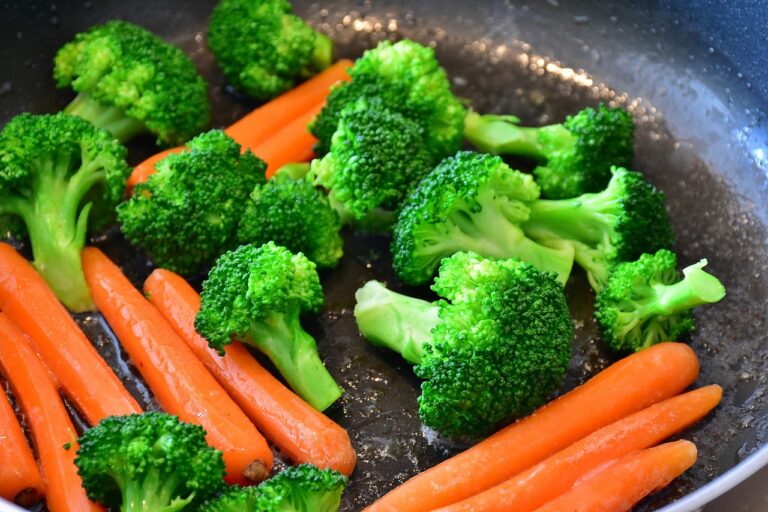Exploring the Potential of Urban Aquaculture for Seafood Production
betbhai9, playexch in login, lotus365 in login password: Exploring the Potential of Urban Aquaculture for Seafood Production
Have you ever wondered where the seafood on your plate comes from? With concerns about overfishing and the sustainability of our oceans, urban aquaculture is emerging as a potential solution to meet the growing demand for seafood. In this article, we’ll explore the benefits of urban aquaculture, its potential for seafood production, and how it can help address some of the challenges facing our oceans.
What is Urban Aquaculture?
Urban aquaculture is the practice of farming fish, shellfish, and other aquatic organisms in urban environments. It can take place in a variety of settings, including ponds, tanks, and even rooftop gardens. By bringing seafood production closer to consumers in urban areas, urban aquaculture can help reduce the environmental impact of traditional fisheries and provide a sustainable source of seafood for local communities.
Benefits of Urban Aquaculture
One of the key benefits of urban aquaculture is its ability to produce high-quality seafood in a controlled environment. By monitoring water quality, temperature, and feeding practices, urban aquaculture facilities can ensure the health and well-being of their aquatic livestock, resulting in a superior product for consumers.
Additionally, urban aquaculture can help address food security issues in urban areas. By producing seafood locally, urban aquaculture facilities can reduce the distance that seafood needs to travel from farm to fork, cutting down on transportation costs and carbon emissions. This can also help create jobs and stimulate economic growth in urban communities.
Furthermore, urban aquaculture can be a more sustainable alternative to traditional fishing practices. By farming seafood in a controlled environment, urban aquaculture facilities can reduce the pressure on wild fish populations and help protect fragile marine ecosystems. This can lead to a more balanced and resilient seafood supply chain, ensuring that future generations will also have access to high-quality seafood.
Challenges and Opportunities
While urban aquaculture holds great potential for seafood production, it also comes with its own set of challenges. One of the main obstacles facing urban aquaculture is the high upfront costs of setting up a facility. From purchasing tanks and equipment to hiring trained staff, the initial investment required to start an urban aquaculture operation can be significant.
Additionally, urban aquaculture facilities must navigate a complex regulatory landscape, including permits, licenses, and inspections. Ensuring compliance with local, state, and federal regulations can be a time-consuming and costly process, requiring careful planning and coordination with regulatory agencies.
Despite these challenges, there are also numerous opportunities for growth and innovation in the field of urban aquaculture. Advances in technology, such as automated feeding systems and water quality monitoring tools, can help improve efficiency and productivity in urban aquaculture facilities. Furthermore, partnerships with local restaurants, markets, and grocery stores can help urban aquaculture producers access new markets and build a loyal customer base.
FAQs
Q: Is urban aquaculture sustainable?
A: Yes, urban aquaculture can be a sustainable alternative to traditional fisheries, as it can help reduce the pressure on wild fish populations and protect marine ecosystems.
Q: How can I get involved in urban aquaculture?
A: There are many ways to get involved in urban aquaculture, from volunteering at a local facility to starting your own aquaculture operation. You can also support urban aquaculture by purchasing seafood from local producers and advocating for policies that promote sustainable seafood production.
Q: What types of seafood can be produced through urban aquaculture?
A: Urban aquaculture facilities can produce a wide range of seafood, including fish such as tilapia, trout, and catfish, as well as shellfish like oysters and mussels.
In conclusion, urban aquaculture has the potential to revolutionize seafood production and provide sustainable solutions to the challenges facing our oceans. By supporting local producers and investing in innovative aquaculture technologies, we can create a more resilient and ethical seafood supply chain for generations to come.







